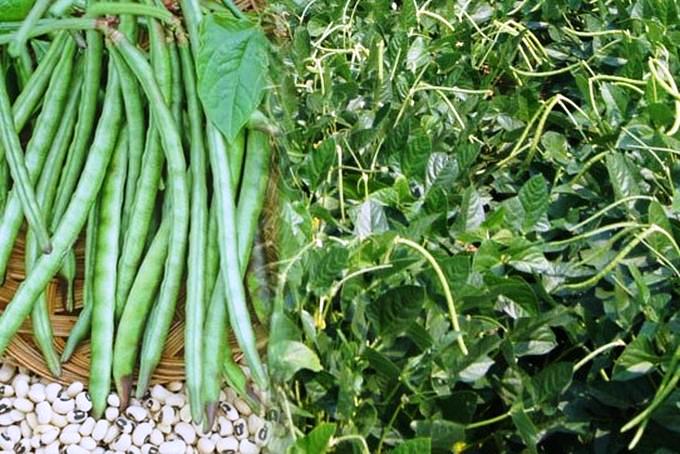By Spy Uganda
Cowpeas (Vigna unguiculata), also known as Southern peas or field peas, are a versatile crop — so versatile, they could be considered the vegetable version of a Swiss army knife. They can produce nutritious greens, snap beans, shell beans, and even dry beans, which can be ground into flour for a gluten-free grain substitute.
Beyond the table, cowpeas are useful as ground cover, weed suppression, green manure, and forage for livestock. The vines can even be mown and baled as hay, the matured bean pods adding extra nutrition. They flourish in poor, dry soils, and, being legumes, leave the soil richer than they find it.
Some varieties vine, while others bush, but all do well in full sun and high temperatures, making them perfect for Southern, Midwestern, and West Coast gardens and fields. Even extremely thick humidity doesn’t seem to bother cowpeas much. Only waterlogged soil and cold temperatures can stop these powerhouse plants.

Fortunately, cowpeas thrive in conditions that would lay lesser vegetables to waste. The trick is to provide them with conditions similar to their North African home: hot and dry, with soil on the thin side.
Cowpeas can tolerate a wide range of soils, from acidic to neutral, but perform poorly in alkaline soils. Other than that, they aren’t too picky. They grow well in thin to average soils, and don’t need to be fertilized. They do appreciate an early feeding of compost for a kick-start, but it really isn’t necessary. Treating cowpeas with rhizobium inoculant is also recommended, but not required.

Don’t be in too much of a hurry to plant your peas in the spring, as they won’t sprout in soil much cooler than 65 degrees Fahrenheit, and are at severe risk of rotting in cold soil. Planting later is better than early, even as late as the end of June. Most cowpeas need a season of 80 to 90 days for pods to mature, and the vines catch up quickly in warm weather.
Space cowpea seeds 4 to 8 inches apart in the row, and plan to thin them to 1 foot apart as they grow, with at least 30 inches between rows. Alternately, plant bushing varieties in beds with 8 to 12 inches of space between seeds in all directions. Many vining cowpeas top out at 4 feet in height, so plan to construct trellises that are 5 or 6 feet tall to support them. Control weed competition with mulch or light cultivation, taking care not to disturb or damage the vines’ roots.
Deer, rabbits, and groundhogs find cowpea vines irresistible, so plan on fencing your patch, or have your dog patrol the area. The same insect pests that feed on other bean crops also target cowpeas, so be on the lookout for Mexican bean beetles, cowpea curculio beetles, aphids, and various stink bugs. Hand-pick larger pests into a jar of soapy water, and encourage ladybird beetles and lacewings in your yard to control the smaller pests.
Southern growers may encounter ground-dwelling nematode worms, such as root-knot nematode, as well as aboveground nematodes. Crop rotation and weed control help counter these microscopic pests.
Cowpeas can be affected by several wilts, blights, and mildews, most often caused by damp leaves, high humidity, or soil splashing onto the foliage. Avoid working with wet plants, promote good airflow, mulch the ground surrounding the plants, and remove old vines at the end of the season to limit these fungal diseases. Select resistant cultivars, such as ‘Mississippi Silver,’ to further reduce disease pressures.
Cowpeas bring so much to the table that it’s hard to pick their best feature. Don’t just settle on growing basic black-eyed peas. Heirloom cowpeas are out there, waiting to be found. Choose a truly memorable cultivar for your garden, and discover the ancient and rich world of cowpeas the following season.







